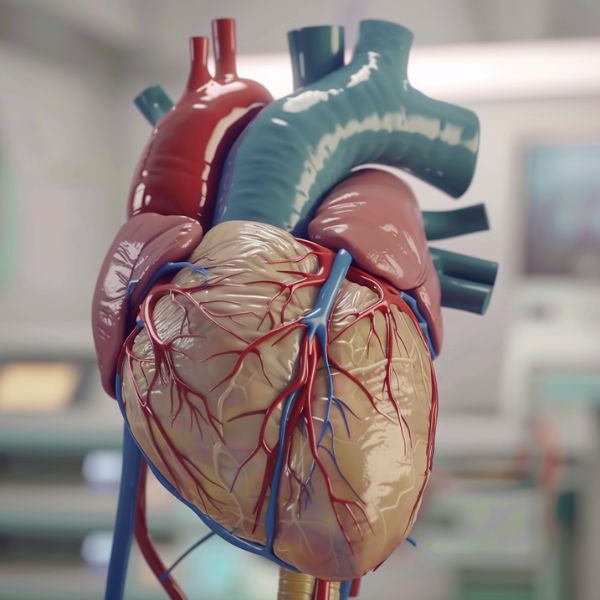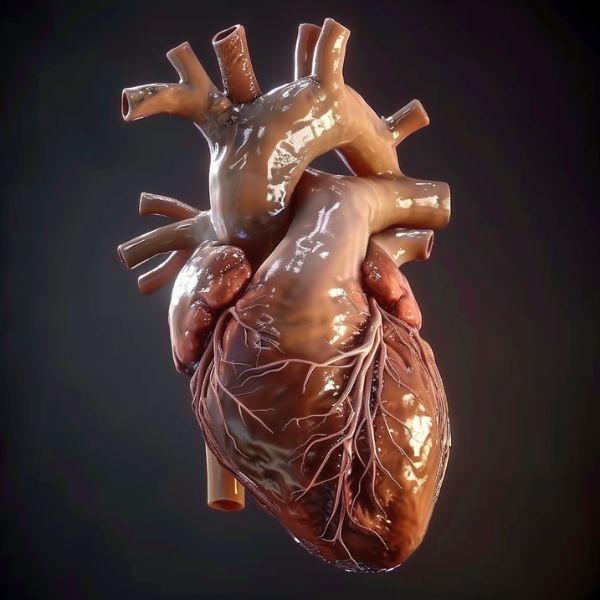
Understanding Heart Animation
Heart animation is a sophisticated digital tool used to create detailed, dynamic representations of the heart’s anatomy and functions. By bringing the static images from textbooks to life, these animations allow viewers to observe the heart’s rhythmic contractions, blood flow, and operational intricacies in real-time. Designed with precision, heart animations merge art with science to produce educational models that are both accurate and visually engaging.
In the realm of medical visualizations, heart animations play a crucial role. They provide medical professionals, students, and patients with a clear understanding of complex cardiovascular conditions and treatments. By visualizing the exact movements and behaviors of the heart, these animations enhance comprehension and facilitate better communication between doctors and their patients, ultimately leading to improved diagnostic capabilities and treatment outcomes.
For further details on how heart animations can benefit your educational or professional objectives, contact Austin Visuals at [email protected] or call +1-512-591-8024. Visit us online at Austin Visuals and Medical 3D Animation Company to learn more about our medical animation services.
Our clients include:
The Artistic Techniques Behind Heart Animation
Key Tools and Software Used in Heart Animations
Creating heart animations involves a blend of artistic skill and advanced technological tools. At Austin Visuals, we primarily utilize industry-leading software such as Autodesk Maya, Blender, and Cinema 4D. These platforms offer robust features for modeling, rigging, and animating that are essential for depicting the intricate details of the heart. Additionally, we employ specialized medical animation software like ZBrush for detailed texturing and Adobe After Effects for final compositing and effects, ensuring that each animation is both scientifically accurate and visually stunning.
Step-by-Step Process of Creating a Heart Animation
The process of creating a heart animation at Austin Visuals is meticulous and structured to ensure accuracy and clarity. It begins with an extensive research phase where we gather all necessary anatomical and functional details from medical experts. Following this, our animators sketch preliminary designs, which are then transformed into 3D models. These models are carefully rigged to mimic realistic heart movements. The next phase involves animating these models to show various heart functions and scenarios, followed by texturing and lighting to give depth and realism. Finally, the animation undergoes rigorous reviews and refinements based on feedback from medical professionals, ensuring that each frame accurately represents the heart in action.
Through this detailed process, we ensure that our heart animations are not only educational but also precise and engaging, making complex cardiac functions accessible and understandable to all viewers.
Heart Animation in Educational Content
Enhancing Learning with Animated Heart Models
Animated heart models have transformed how students and medical professionals learn about cardiac functions and diseases. These models provide a dynamic, three-dimensional view of the heart, illustrating not just its structure but also how it operates in real time. This method of visual learning helps to demystify complex cardiovascular concepts, making them more accessible and easier to understand. For instance, animations can show the progression of atherosclerosis or the mechanism of a heart attack with clear, engaging visuals that traditional textbooks cannot provide. This visual approach supports a deeper understanding and retention of knowledge, proving especially beneficial in medical education where precision and detail are paramount.
Case Studies: Impact of Heart Animations in Medical Training
In several studies, the use of heart animations has been shown to significantly enhance learning outcomes in medical training programs. One notable case involved a medical college where students who used animated models scored markedly higher in cardiovascular anatomy and physiology exams than those who learned through conventional methods. Another case saw a hospital implement heart animations into their training modules for emergency room staff, resulting in improved diagnosis and treatment of cardiac emergencies. These examples underscore the practical benefits and educational value of incorporating advanced animations into medical training, highlighting their role not only as learning aids but also as tools for enhancing patient care outcomes.

Heart Animation – Austin Visuals
Heart Animation in Marketing
Using Heart Animations to Promote Health Products
Heart animations have proven to be an effective tool in the marketing of health products, offering a visually engaging way to explain the benefits and functions of items aimed at improving cardiovascular health. These animations can vividly demonstrate how supplements, medications, or medical devices influence heart function, making the benefits immediately apparent and easy to understand for potential customers. By clearly illustrating the mechanisms of action within the human body, animations help demystify scientific claims, fostering trust and interest among consumers who may not have a medical background.
Real-world Examples of Successful Marketing Campaigns Featuring Heart Animations
Several high-profile marketing campaigns have successfully utilized heart animations to connect with their audience and boost product visibility. For example, a pharmaceutical company launched an animated ad series showing how their new blood pressure medication helps to maintain optimal heart rhythm and blood flow, which led to a significant increase in consumer inquiries and sales. Another case involved a health supplement company that used detailed animations to showcase how omega-3 fatty acids contribute to heart health, resulting in enhanced engagement on social media platforms and an uptick in sales. These real-world examples illustrate how effectively heart animations can communicate complex information in a digestible format, making them invaluable assets in the marketing of health-related products.






